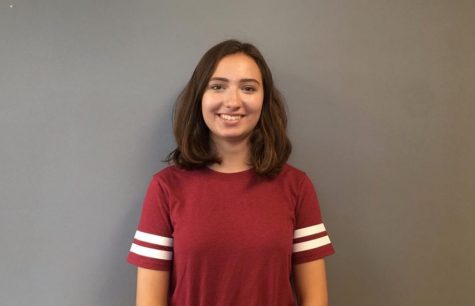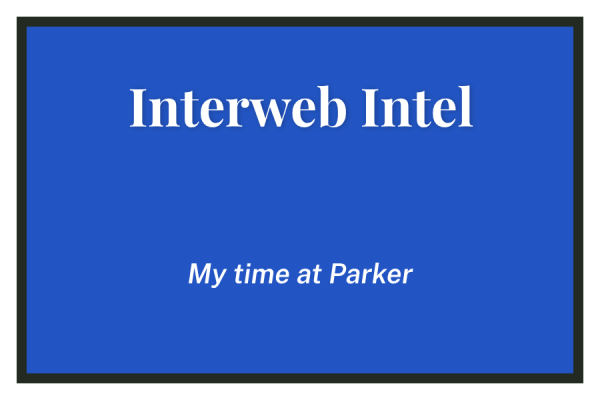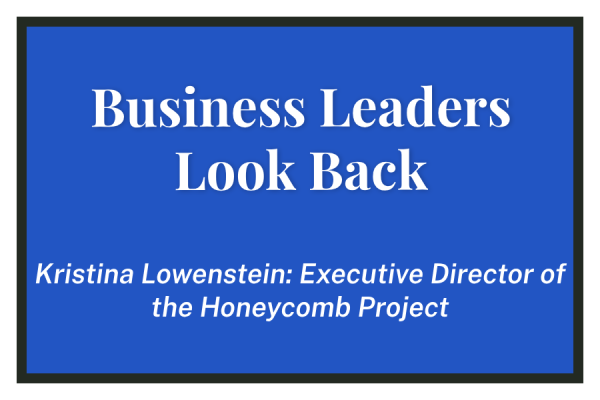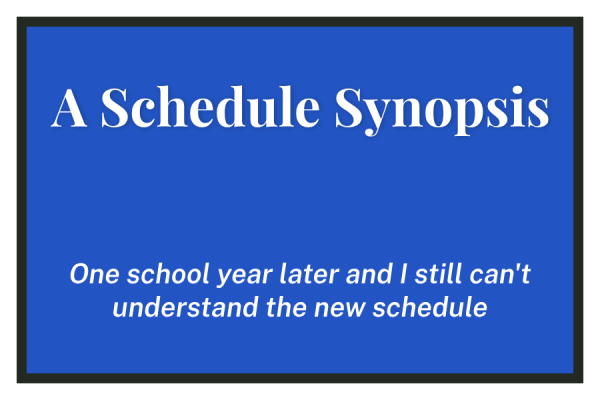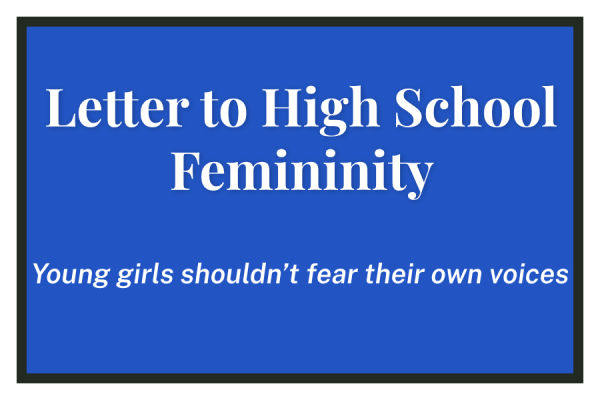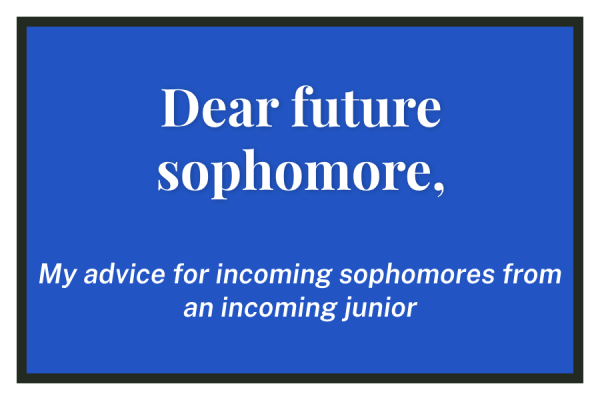Write Like A Girl, Issue 5
Allies in Pride
On November 13, Pride Committee in the Upper School kicked off its annual Pride Week. It’s a time to celebrate the queer presence at Parker with colored beads and pride flags, spread awareness through community events such as MX, and support the queer community outside of Parker as well with fundraising efforts.
As a part of this celebration, Pride Committee opened the doors of its Pride Affinity Club to all members of the Parker community—not just those who are queer. I was unable to attend this meeting due to a pre-existing conflict, but I was excited to hear that it was happening. I would welcome an opportunity to speak with my peers about my identity and have a place to learn more about that part of myself.
Unlike many Pride affinity groups at other schools, Parker’s is not a “gay-straight alliance.” Ours is typically a closed-off forum, open only to those who are a part of the queer community.
It is important to note, however, that it is possible to be a part of the queer community without anybody knowing, including yourself. This is unlike most other affinity groups based around identities such as race in which it is, for the most part, clear to people whether or not they belong to that group.
The fact that “coming out” is a reality for the queer community puts Pride affinity groups in a special position. They have the obligation to aid students in realizing their identity. Making the affinity group a closed-off forum forces those students to out themselves if they wish to explore their identity with a group of their peers.
This is where the idea of a queer “ally” comes into play. By opening the affinity group to allies, Pride would allow questioning students to explore their identities without forcing them to out themselves. Thus, the identity of an ally is not actually meant for only cisgender and heterosexual students, but for students who are still unclear about their identity or do not feel comfortable outing themselves.
Of course, opening a Pride affinity group to allies does encourage students who are cis and heterosexual to join the club. However, in the interest of creating a safe space for questioning or closeted students, this seems worth it.
If the Pride affinity group is only open to openly queer students, it will force many students to either out themselves before they are comfortable or not to have a safe-space to explore their identity. By making it a closed-off forum, Pride committee may actually be making it more difficult for queer members of the Parker community to question their identities, something which is antithetical to the goal of the committee.
Junior Olivia Garg, one of four heads of Pride Committee, agrees that it is important that students be able to explore their identity without outing themselves, saying, “It’s secretive because we want people to go without anyone else knowing. Whoever is in there, their name stays in there.” But then why force students to out themselves in order attend the affinity group? Why is it okay to force students to out themselves at all, even if only to other queer students?
I agree that the affinity group should be a safe space, and part of making an affinity group safe is by filling it with people who understand the identity. But creating a safe space is also about allowing people to be themselves, and to be yourself, you need to know who “yourself” is. When the only place to find out about yourself has closed its doors to those who are questioning their identity, that becomes a lot more difficult.
Pride Affinity should open its doors to the closeted or questioning students of Parker. To do that, it has to find a way of allowing them to explore their identities without outing themselves. Giving these students the opportunity to enter the affinity group under the guise of “ally” is the perfect cover. These so-called “allies” will be able to freely explore their identity without fear of being outed, allowing our school’s questioning members to comfortably learn about themselves.
